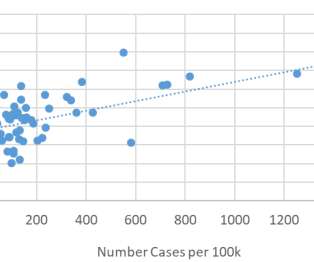US COVID-19 mitigation efforts resulting in significant decline in traffic, emissions and fuel-tax revenues
Green Car Congress
MAY 2, 2020
Greenhouse gas emissions reductions from road transportation were down across the United States from early March to early April 2020. (UC The reduction in VMT per state was correlated with the number of COVID-19 cases and number of deaths (per 100,000 population)—i.e.,the Fuel use dropped from 4.6















Let's personalize your content